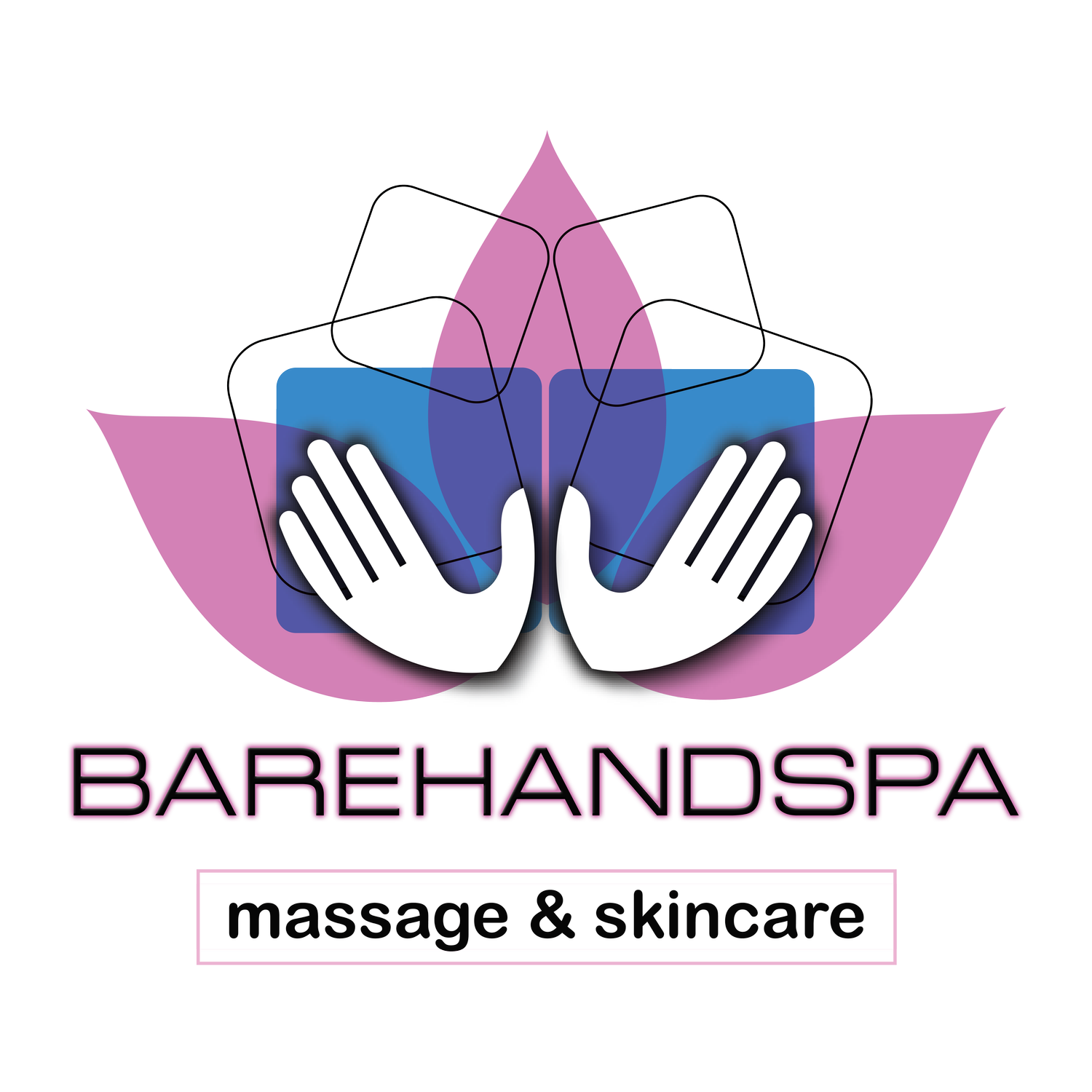What is Therapeutic Massage?
Our signature Therapeutic massage is a complete and innovative technique that involves many types of massages. (NeuroMuscular Therapy, MyoFascial Release, and PNF stretches). This type of massage looks to target areas of the body and muscles that need to be rehabilitated. Our advanced technique begins with a few questions about what areas of your body need to be treated.
How does it work?
A therapeutic massage works by utilizing various techniques and approaches to address specific issues and promote overall well-being. Here's how it typically works:
Assessment: The therapist begins by assessing the client's needs, including any areas of pain, muscle tension, or specific concerns. They may ask questions and discuss the client's medical history to tailor the massage accordingly.
Customized Treatment: The therapist designs a customized treatment plan based on the assessment. They may incorporate a combination of techniques such as Swedish massage, deep tissue massage, trigger point therapy, myofascial release, or stretching to address the client's specific needs.
Application of Techniques: During the massage session, the therapist applies various techniques using their hands, fingers, palms, elbows, or forearms. They may use different levels of pressure and focus on specific areas of tension or pain to release muscle knots, reduce muscle tension, and promote relaxation.
Pain Relief and Muscle Relaxation: Therapeutic massage helps relieve pain and relax muscles by increasing blood circulation, reducing inflammation, and releasing endorphins, the body's natural painkillers. This can alleviate muscle soreness, improve flexibility, and reduce overall tension and discomfort.
Stress Reduction: Therapeutic massage promotes relaxation and helps reduce stress and anxiety. It activates the parasympathetic nervous system, triggering a relaxation response in the body, which can lead to a sense of calmness and improved mental well-being.
Rehabilitation and Wellness Support: Therapeutic massage can aid in injury rehabilitation by promoting healing and restoring range of motion. It also supports overall wellness by boosting the immune system, improving sleep quality, and enhancing the body's natural self-healing processes.
Follow-Up Recommendations: After the massage, the therapist may provide recommendations for self-care techniques, such as stretching exercises, relaxation techniques, or lifestyle modifications to support the client's well-being between sessions.
Therapeutic Ultrasound
Using a device with a special shape that fits the curves of the body produces a frequency of 0.8 to 3.0 MHz, penetrating with ultrasound waves the problem area or injury.
While the patient usually doesn't feel the sensation of deep heat, deep things happen on a chemical level during therapeutic ultrasound. Therapeutic ultrasound creates a cavitational effect which causes the formation of small bubbles that stimulate the cells when they are transmitted via vibration. This physical stimulation triggers cellular repair to cause increases in tissue relaxation, local blood flow, and scar tissue breakdown. The effect of the increase in local blood flow can be used to help reduce local swelling and chronic inflammation.
Hot and Cold therapy
Hot and cold therapy, also known as contrast therapy, is a treatment technique that utilizes the application of heat and cold to promote healing and provide relief from various conditions. Contrast therapy combines alternating hot and cold applications to the body. This method is believed to enhance the benefits of both hot and cold therapy. The alternating temperatures help improve blood circulation, reduce inflammation, and stimulate healing. Contrast therapy can be particularly useful for sports injuries, muscle strains, and rehabilitation purposes.
Range of Motion Exercises Active and Passive.
A limited range of motion is a reduction in the normal distance and direction through which a joint can move. The loss of flexibility can predispose to physical issues, such as pain syndromes or balance disorders; when a joint does not move fully and easily in its normal manner, it is considered to have a limited range of motion.
When the range of motion is limited, the stretching exercises assisted can help to increase flexibility; this movement should be directed at the fascia (fibrous connective tissue) because fascia tissue has the most elasticity and a marvelous adaptation physiologically to accidents, surgeries, and our own bad habits and excesses.
The decision to use an active or passive range of motion is dependent on a number of factors; some patients are incapacitated by injury or illness like a frozen shoulder or Parkinson, Also Passive ROM is sometimes a testing tool to determine how far a joint can flex. Joints often have a better range of motion passively than actively. A person suffering from muscle or nerve damage may benefit from passive ROM even if he can move on his own because joints can flex further.
An active range of motion helps build muscle strength. This means improving the fitness of the muscles and joints at the same time. If a person is able to move the limb fully, active exercises are better for improving toning and strength, while passive ROM only keeps joints flexible.

